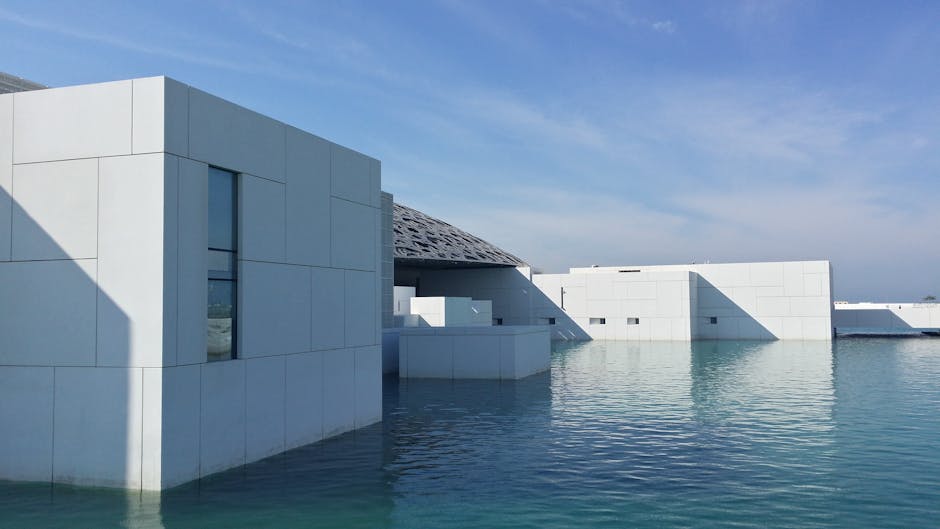- Get link
- X
- Other Apps
- Get link
- X
- Other Apps

Architecture is more than just the construction of buildings; it is the thoughtful shaping of our environment, reflecting our aspirations, culture, and innovation. Every structure, from a towering skyscraper to a serene home, carries a story – a narrative of design philosophy, functional ingenuity, and a message to society. To foster this vital art and science, a robust and supportive framework for its practitioners is essential.
In a significant move poised to shape the future of Japan's architectural landscape, The Three Architectural Design Associations (建築設計3会) have put forth comprehensive measures to improve related legal systems (関連法制度改善策) to the Ministry of Land, Infrastructure, Transport and Tourism (国交省). At the heart of these proposals lies a critical objective: the securing of qualified professionals (資格者確保) among architects and architectural firms (建築士・事務所). This initiative is not merely about policy; it's about reinforcing the very foundation upon which groundbreaking design and sustainable urban development are built.
The Architect's Enduring Impact: Beyond Aesthetics
Architects are the unsung heroes who translate dreams into tangible realities. Their work extends far beyond aesthetic beauty, encompassing functionality, safety, and a deep understanding of human interaction with space. A well-designed building can elevate spirits, enhance productivity, and foster a sense of community. It embodies a creator's philosophy, often speaking volumes about sustainability, cultural heritage, and forward-thinking innovation. From the intricate details of a traditional Japanese tea house to the sleek lines of a contemporary commercial complex, each design serves a purpose and tells a story.
However, the ability of architects to consistently deliver such impactful designs hinges on a supportive professional ecosystem. Without a clear path for new talent, ongoing professional development, and fair operational guidelines, even the most visionary architects can face daunting challenges.
Addressing the Foundation: The Imperative for Legal Evolution
The legal and regulatory environment forms the bedrock upon which the architectural profession operates. It dictates everything from licensing and qualifications to project management and ethical conduct. When these systems are outdated or cumbersome, they can inadvertently stifle creativity, deter potential talent, and hinder the efficiency of architects and architectural firms (建築士・事務所).
The core issue addressed by 建築設計3会's proposal to 国交省 – the securing of qualified professionals (資格者確保) – is paramount. A shortage of skilled architects can lead to several challenges: a decline in design quality, a slowdown in innovative architectural solutions, and potential compromises in structural integrity and safety. It threatens the very pipeline of talent needed to address future societal needs, from resilient urban planning to accessible public spaces.
These proposed 関連法制度改善策 are therefore a proactive and essential step. They signify a recognition that to maintain Japan's reputation for architectural excellence, the systems supporting its architects must evolve to meet contemporary demands and future challenges.
A Path Forward: Empowering 建築士・事務所 for a Brighter Design Future
While the specifics of the proposed measures to improve related legal systems (関連法制度改善策) will undoubtedly be detailed, their overarching goal is clear: to create an environment where architects and architectural firms (建築士・事務所) can thrive. Such improvements could encompass a range of initiatives, from streamlining qualification processes to enhancing support for small and medium-sized practices, fostering better work-life balance, and encouraging continuous learning and adoption of new technologies.
By effectively addressing the securing of qualified professionals (資格者確保), these reforms aim to attract and retain top talent, ensuring a robust and diverse pool of architects ready to tackle the complexities of modern design. An empowered professional body, supported by clear and efficient legal frameworks, can dedicate its energy to crafting spaces that are not only beautiful and functional but also sustainable, resilient, and deeply resonant with human experience.
The initiative by 建築設計3会, presented to 国交省, represents a crucial dialogue between the architectural community and governmental bodies. It’s a collective effort to lay a stronger foundation for the next generation of architects and, by extension, for the future of our built environment.
Conclusion
The proactive engagement of The Three Architectural Design Associations (建築設計3会) with the Ministry of Land, Infrastructure, Transport and Tourism (国交省) on measures to improve related legal systems (関連法制度改善策) is a testament to the enduring commitment to architectural excellence in Japan. By focusing on the vital task of securing qualified professionals (資格者確保) for architects and architectural firms (建築士・事務所), this endeavor paves the way for a future where design innovation flourishes, and every building continues to tell a compelling story. We look forward to seeing how these crucial steps will shape the skylines and communities of tomorrow, ensuring that functionality, aesthetic beauty, and societal well-being remain at the heart of every architectural creation.
- Get link
- X
- Other Apps
Comments
Post a Comment